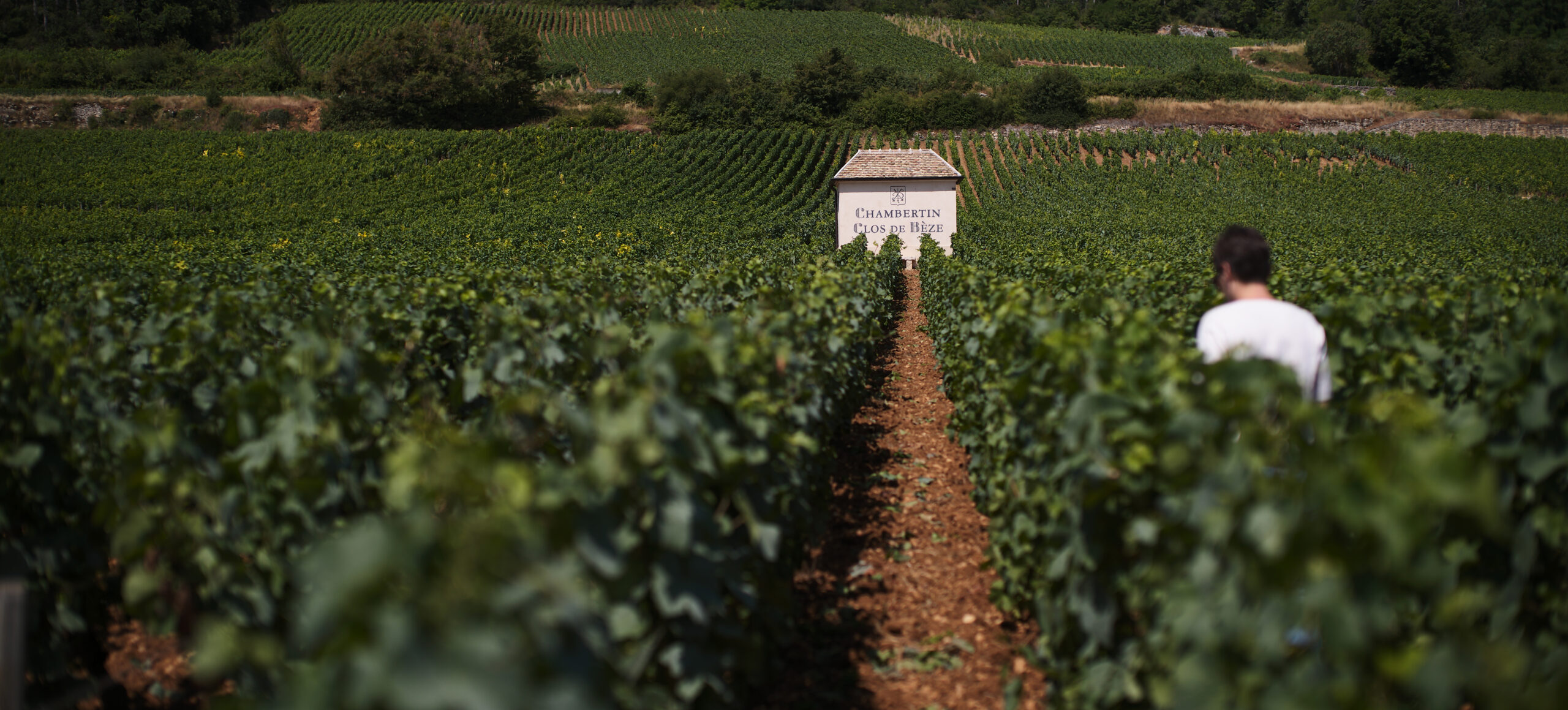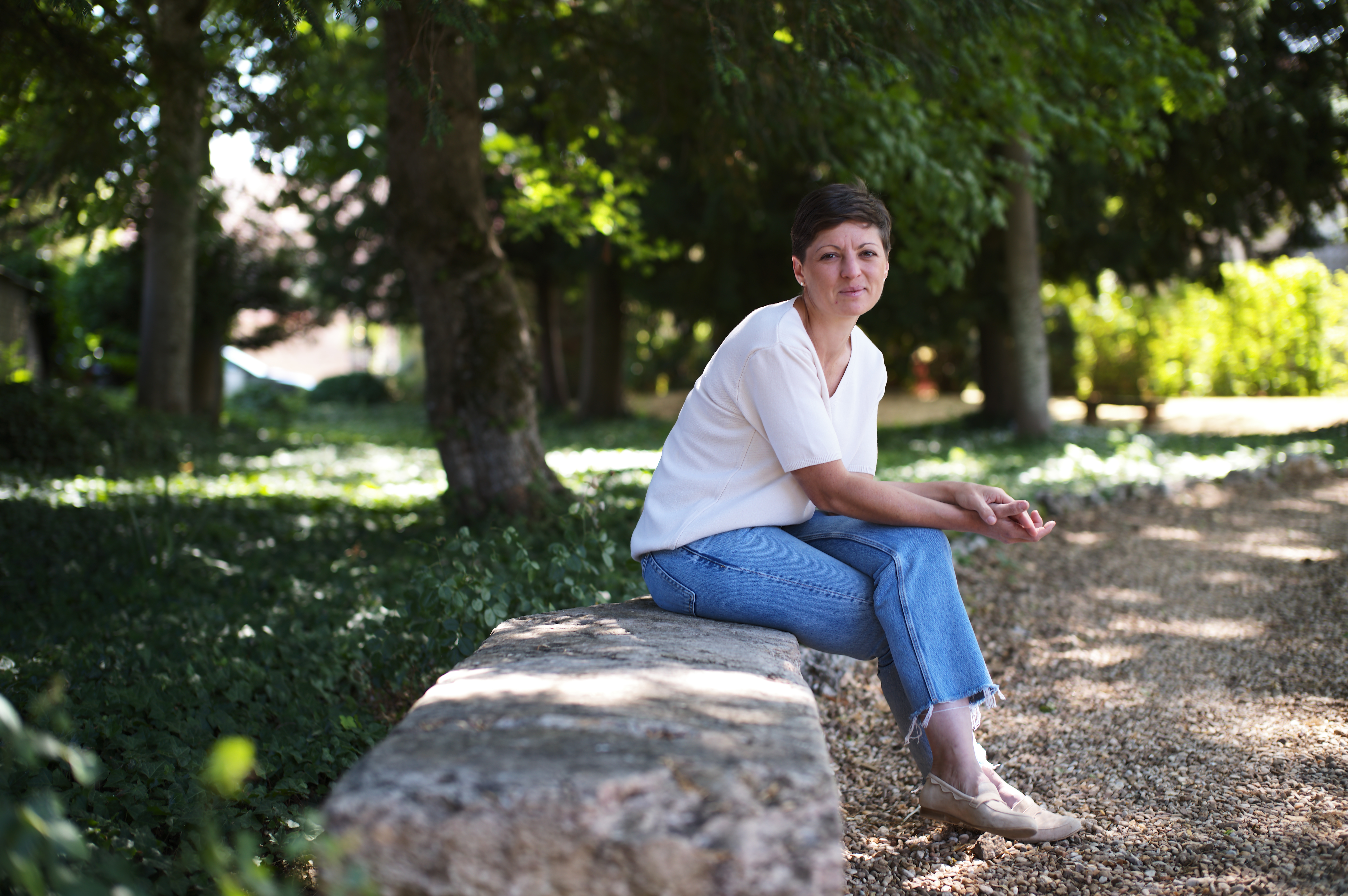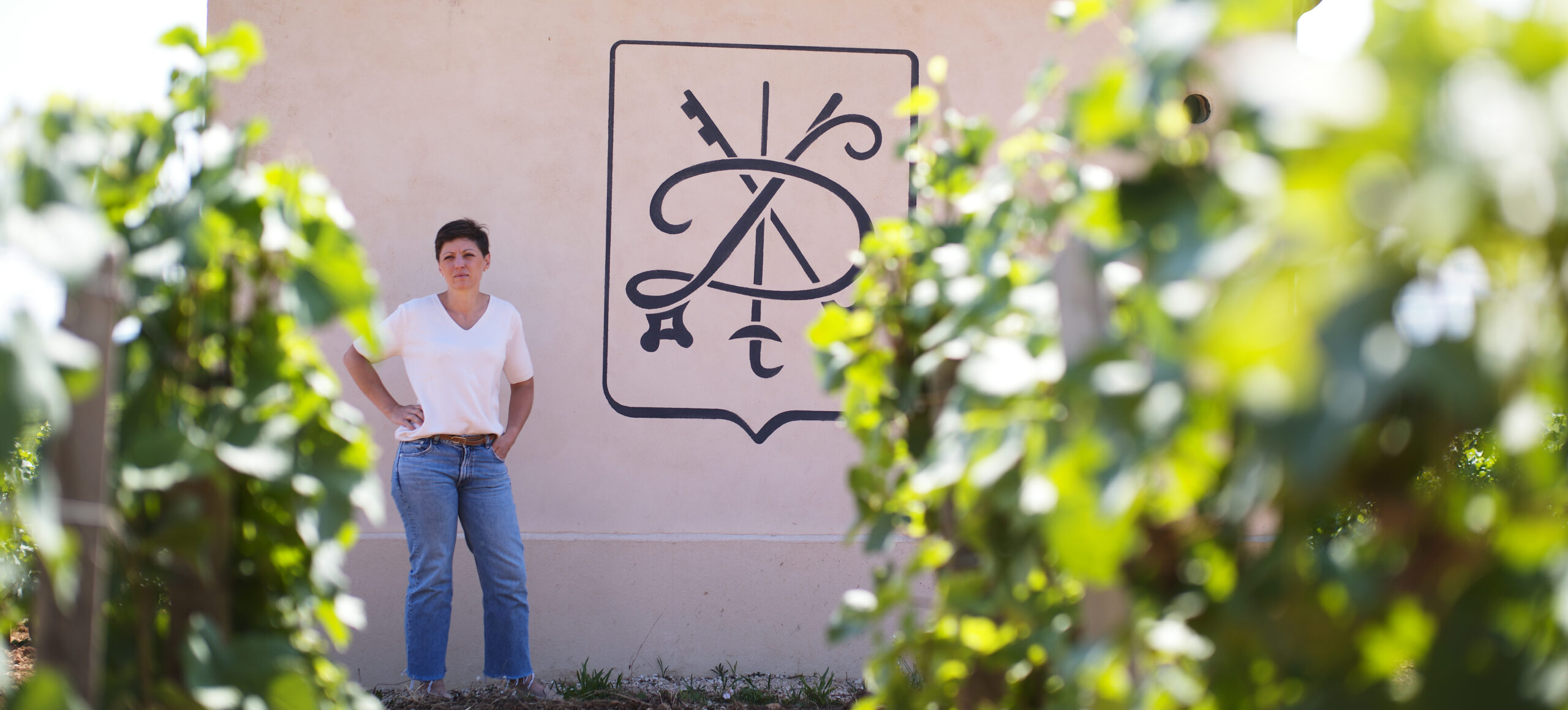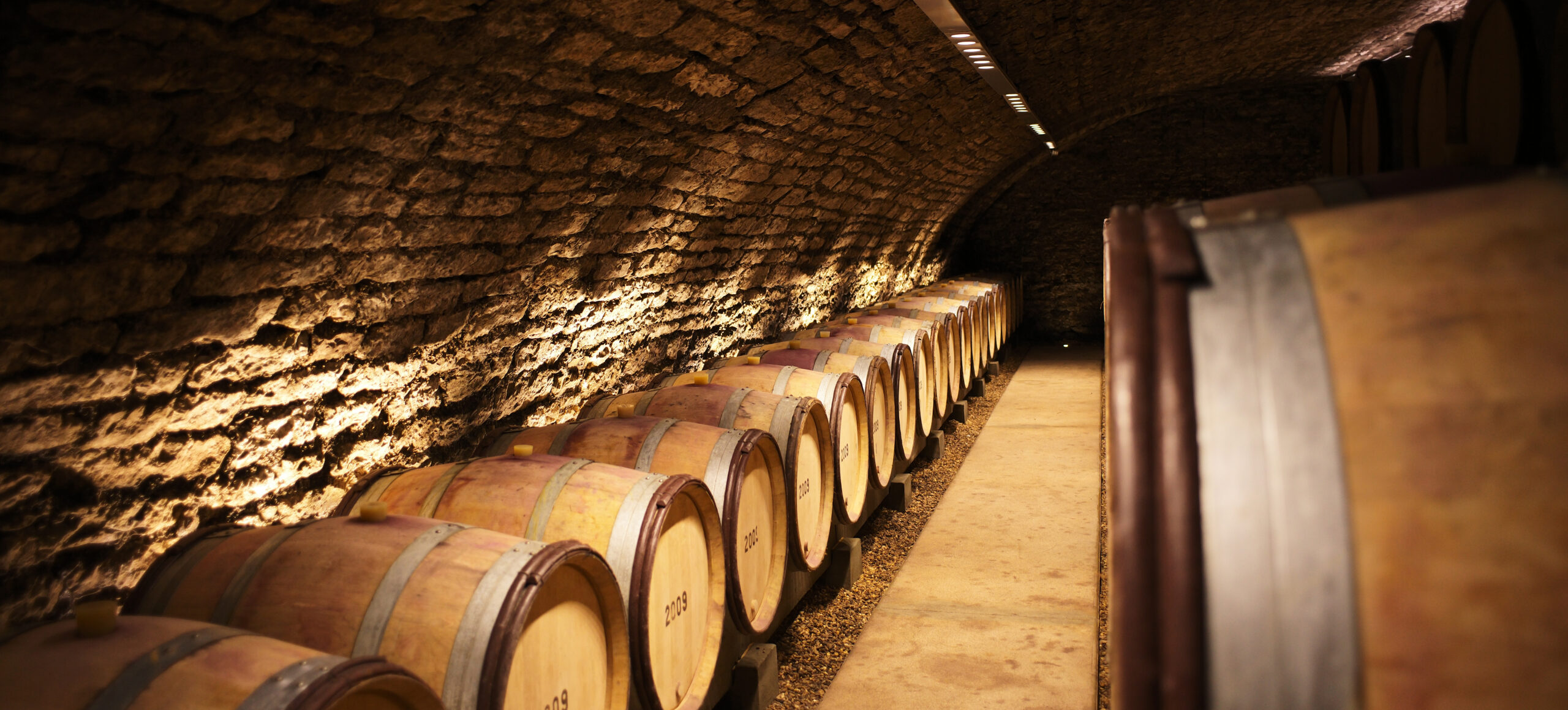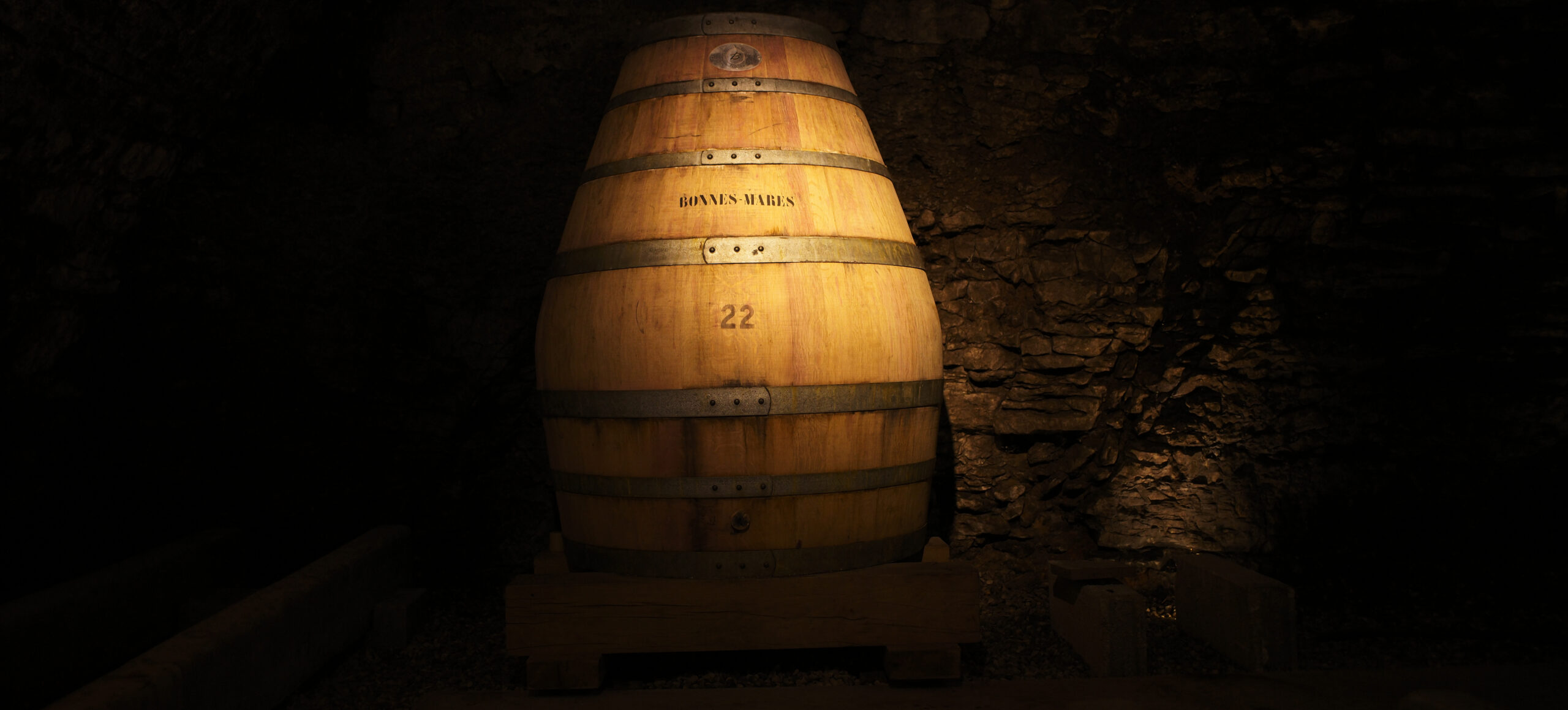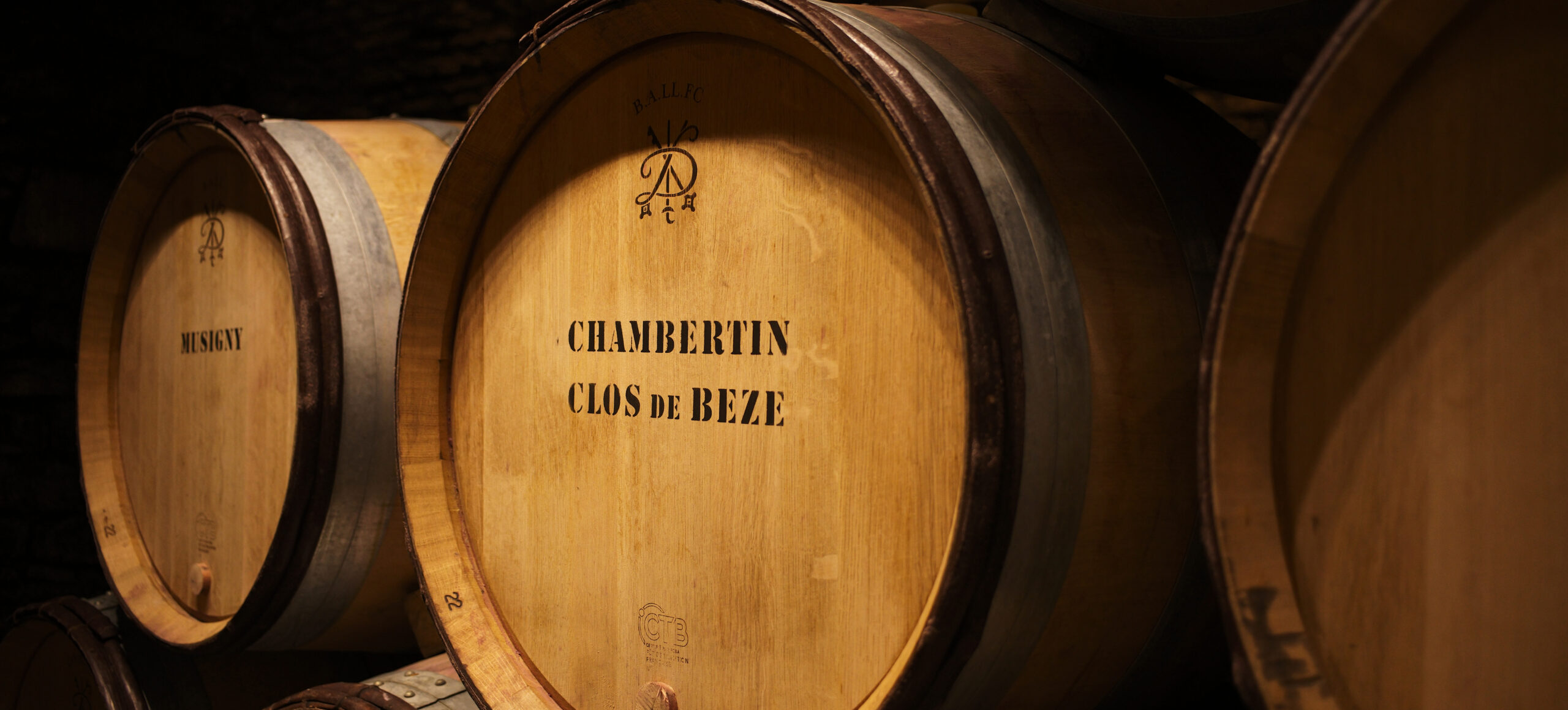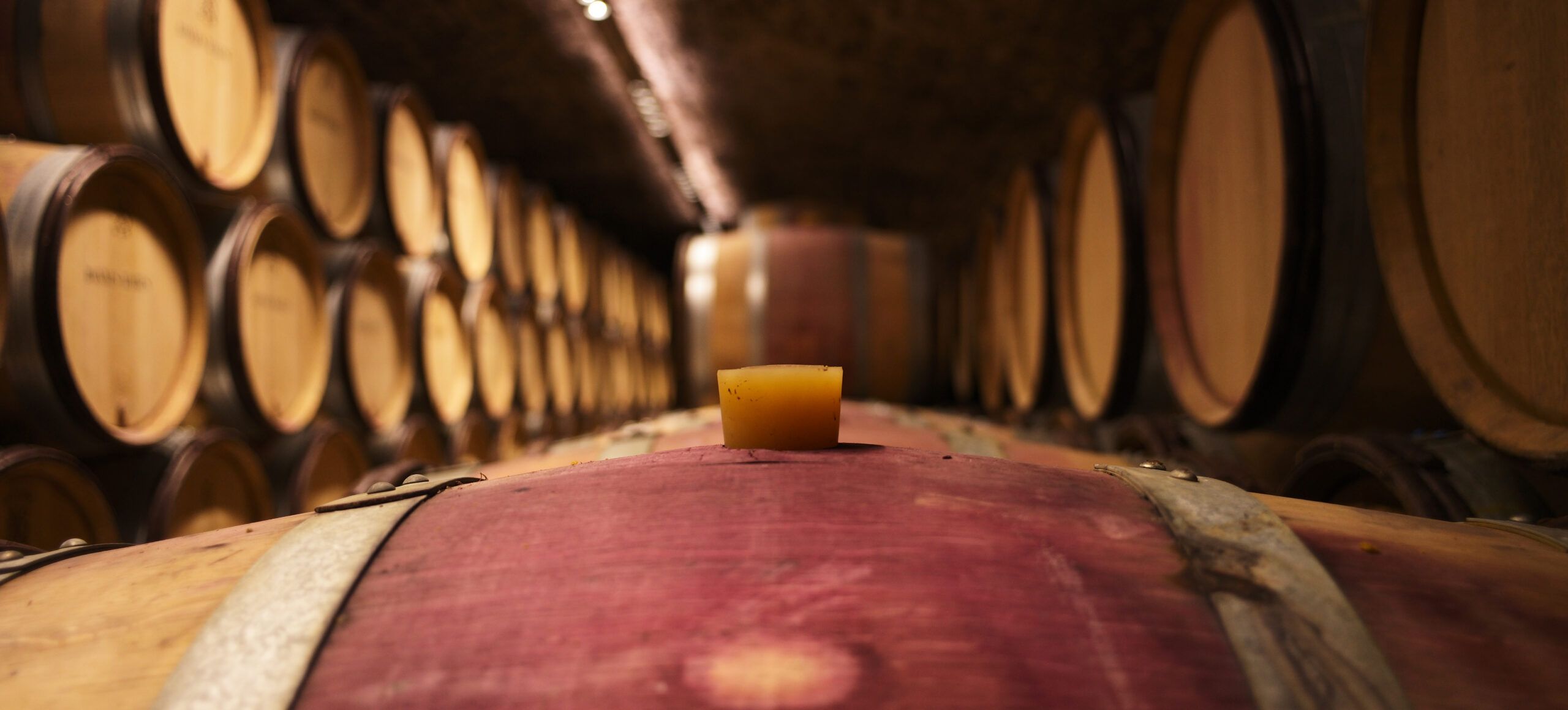Domaine Drouhin-Laroze is a small crown jewel of an estate based in Gevrey-Chambertin. The winery was founded in 1850 by Jean-Baptiste Laroze who began exploiting vines in that year. Later, in 1919, Jean-Baptiste’s granddaughter married Alexandre Drouhin whose family-owned vineyards in Chambolle, and the Domaine became called Drouhin-Laroze which remains to this day.
Today, the winery is diligently run by the 6th generation, brother and sister, Nicolas and Caroline Drouhin. The estate is comprised of 11.5 hectares of vineyards spanning from Vougeot in the south up to Brochon in the north. Unlike most Domaines in Burgundy where the Grand Cru parcels are the tiny tip of the iceberg, over 40% of the Drouhin-Laroze holdings are in their six Grand Crus including some of the most famous and sought-after such as Musigny, Bonnes Mares and Chambertin Clos de Beze. In addition, there are four Gevrey 1er Crus, and seven villages-level wines coming from Gevrey-Chambertin, Morey-St-Denis and Chambolle-Musigny. Collectively, it is one of the most enviable rosters of holdings for a Domaine of this size in the entire Côte de Nuits!
Like most top wineries in Burgundy, the wines have evolved stylistically over the years from a more powerful and extracted style to one that is more finesse-driven and nuanced. At harvest, grapes are sorted in both the vineyard and then again in the cellar using a triage table to eliminate any defective berries. After a cold soak of a few days, the wines are left to ferment naturally. Extraction is decidedly gentle using a combination of both a light pigeage as well as remontage particularly later in the fermentation. Depending on the vintage conditions, most of the wines receive a small dose of whole cluster inclusion, usually between 20% and 30%, though occasionally higher, and some cuvées they feel work best with 100% de-stemmed grapes. While new oak percentages can be up to 80% for the Grand Cru wines, the current oak regimen uses low-impact wood that doesn’t overly mark the wine allowing for the underlying terroirs to shine through.
For the élévage, the wines age in their cool, underground, vaulted cellars for 12 months, and then are racked barrel-by-barrel before the following harvest. They are held for an additional 3-6 months in cask before being moved to tank for a month or so for the blending. Bottling is done gently, without filtration unless absolutely necessary. The wines are then held for an additional 6 months in bottle before release.
Stylistically, the wines are meant to accentuate their terroir roots in full display. While there is often an approachability to the wines in their youth and even an overt expressiveness to the fruit, there is also great detail and precision across the range. The top Crus are regal and refined in a way that only top climats handled with the utmost care can be.
Amazingly, while Domaine Drouhin-Laroze boasts one of the more prestigious line-ups of vineyards, the estate remains somewhat under-the-radar. Though we all know that these little secrets often don’t last forever, as the world’s thirst for great Burgundy, especially top Grand Crus and Premier Crus is never satiated. For now, discover them while you can!
